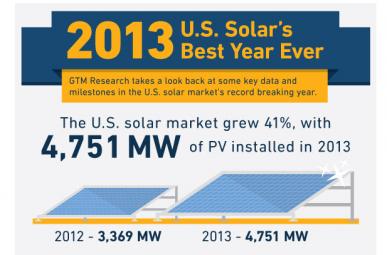 A couple of weeks ago, I wrote about energy efficiency and the Clean Air Act section 111(d) provisions in anticipation of the SPEER Second Annual Summit, a gathering of top energy efficiency industry leaders from Texas and Oklahoma. At the Summit, I co-led a session on Environmental Protection Agency’s (EPA’s) push to regulate power plant emissions. Session attendees agreed that Texas would be an unlikely leader in developing innovative ways to comply with carbon pollution standards for existing power plants.
A couple of weeks ago, I wrote about energy efficiency and the Clean Air Act section 111(d) provisions in anticipation of the SPEER Second Annual Summit, a gathering of top energy efficiency industry leaders from Texas and Oklahoma. At the Summit, I co-led a session on Environmental Protection Agency’s (EPA’s) push to regulate power plant emissions. Session attendees agreed that Texas would be an unlikely leader in developing innovative ways to comply with carbon pollution standards for existing power plants.
This is a missed opportunity on Texas’ part, as states will get the first crack at drafting plans to comply with new federal standards. This is an important opportunity because individual states are in the best position to craft frameworks that enable maximum flexibility and are appropriately tailored to local circumstances. So, this begs the question: is there an alternative, more constructive path that is most beneficial to Texas? Read More














